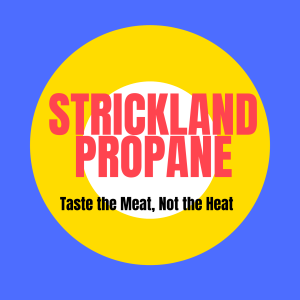Facts & figures
- U.S.fire departments responded to an estimated annual average of 1,170 home structure fires involving LP-gas in 2003-2007. These fires resulted in 34 civilian deaths, 135 civilian injuries and $48 million in direct property damage.
- Spark, ember or flame from operating equipment was the leading heat source for LP-gas home structure fires.
Source: NFPA’s “Natural Gas and LP-Gas Home Structure Fires” report
Safety tips
- Handle any propane-powered equipment cautiously and always follow the manufacturer’s instructions.
- Cylinder tanks for equipment such as stoves and ovens must be located outside of the home.
- Never store or use propane gas cylinders larger than one pound inside the home.
- Never operate a propane-powered gas grill inside the home.
- Have propane gas equipment inspected periodically by a professional for possible leaks or malfunctioning parts.
- Carefully follow the manufacturer’s instructions when lighting a pilot.
- If you smell a strong odor of gas, leave the area immediately and call the fire department from outside the home.
- For more information, visit the Propane Education and Research Council Web site.

More information
- Overfilling Prevention Devices (OPDs) are safety devices incorporated into the filling valve of a propane cylinder. The device shuts off the flow of gas to a cylinder after 80% capacity has been reached. As of April 1, 2002, OPDs are required on all propane cylinders between 4 and 40 pounds propane capacity.
- NFPA, the National Propane Gas Association (NPGA), and the Propane Education and Research Council (PERC) have issued a free Fire Safety Analysis Manual, which provides forms and a step-by-step method for completing a written Fire Safety Analysis (FSA) as required in NFPA 58, Liquefied Petroleum Gas Code.

